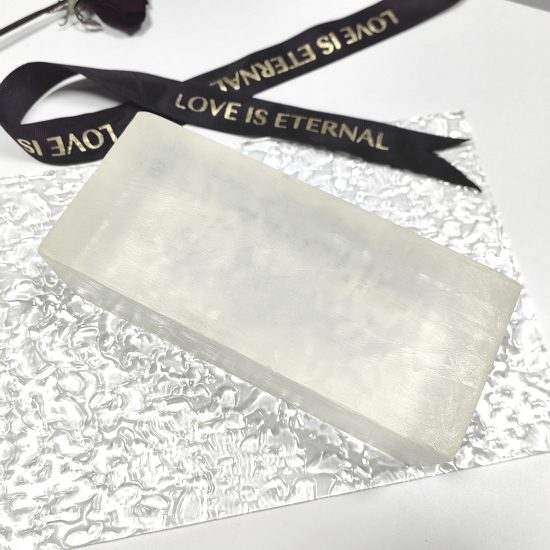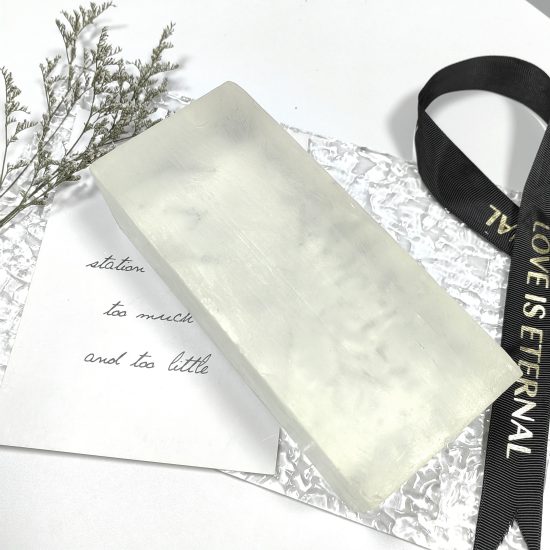When embarking on a do-it-yourself (DIY) soap-making journey, one of the crucial decisions you’ll make is selecting the right soap base. The choice of soap base is pivotal in determining the quality, properties, and skin benefits of your homemade soap. In this guide, we’ll explore the various factors to consider when choosing the perfect soap base for your DIY soap projects.
Understanding the Importance of the Soap Base
Before we dive into the specifics, it’s essential to understand the significance of the soap base. This is the foundational ingredient for your soap, providing the structure and essential cleansing properties. It sets the stage for your creative customization and affects the soap’s texture, color, scent, and skin-nourishing qualities.
Factors to Consider When Choosing a Soap Base
- Skin Type and Sensitivity: The first consideration is your skin type. Different soap bases offer various benefits. For sensitive skin, consider bases like goat’s milk or aloe vera, which are known for their gentleness. Shea butter or coconut oil bases are excellent for moisturizing dry skin.
- Transparency: Are you aiming for clear or opaque soap? Clear glycerin soap bases are suitable for creating transparent soaps, while white shea butter or goat’s milk bases result in opaque bars.
- Ingredients and Additives: Pay attention to the ingredients in the soap base. Some bases come with natural additives like honey, oats, or herbs. Consider these if you want additional skin benefits or exfoliating properties.
- Lathering Properties: The type of soap base can affect the lather it produces. Some bases, like coconut oil or palm oil, create a rich, bubbly lather, while others, like olive oil, produce a creamy, low lather.
- Aromatics and Essential Oils: Think about the fragrances you want to infuse into your soap. Different bases may hold scents differently. Clear bases often retain fragrances better, while some additives may impact the scent.
- Color: If you have a specific color scheme in mind, consider how the soap base interacts with colorants. Clear bases are excellent for vibrant, transparent colors, while opaque bases are better for pastels.
Common Soap Bases
- Clear Glycerin Soap Base: Known for its transparency and versatility, it’s an excellent choice for embedding objects, adding vibrant colors, and experimenting with different additives.
- White Shea Butter Soap Base: Shea butter is a popular choice for its moisturizing properties and creaminess. It’s ideal for those with dry or sensitive skin.
- Goat’s Milk Soap Base: This creamy, opaque base is prized for its skin-nourishing qualities and is great for soothing and hydrating.
- Honey Soap Base: Infused with honey, it adds natural sweetness and a gentle, soothing cleanse to your soap.
- Aloe Vera Soap Base: Aloe vera is known for its soothing properties, making this base perfect for those with sensitive skin.
Experiment and Enjoy the Process
Selecting the right soap base is just the beginning of your soap-making journey. As you gain experience, you can experiment with different bases, combine them, and create unique blends that cater to your preferences and the needs of your skin. The world of DIY soap making is a canvas for your creativity, so don’t be afraid to explore and enjoy the process.
In conclusion, the choice of soap base is a pivotal step in crafting your homemade soap. Carefully consider your skin type, the ingredients, and the desired properties of your soap to make an informed decision. With the right base, you’ll be well on your way to creating custom soap bars that cater to your unique needs and preferences. Happy soap making!


